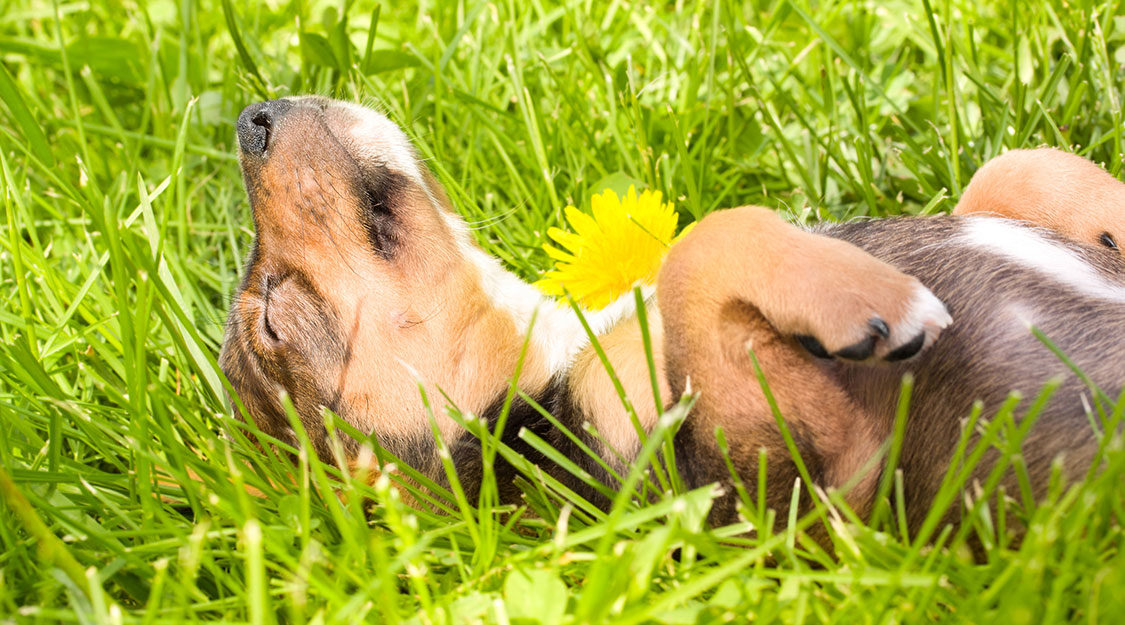How to get your dog to respect your garden Part 4
Your neighbor’s 10-year-old boy appears at your back gate, ready to enter your yard to retrieve a baseball that inadvertently flew over your fence. Before the boy can make a move, your pup flies toward him with hackles up, furiously barking. The child flees, figuring nobody needs a ball badly enough to take on Cujo!
The dog’s behavior has just been rewarded by the child’s hasty retreat. Without training intervention, this nasty response will become an ingrained habit – one sure to make your home insurance carrier quite unhappy one day.
In the beginning, young puppies either boldly approach strangers in a friendly, investigative manner or timidly shrink back, taking a wait-and-see attitude. As they get older, their repertoire may expand to include alarm barking, charging and possibly even aggression.
For some, it’s their genetic birthright and their property. German Shepherd Dogs, Rottweilers, Akitas, Belgian Sheepdogs and Doberman Pinchers are a few of the breeds created to have heightened guarding instincts. Between 8 and 18 months of age, these protective instincts begin to emerge.
For other dogs, these behaviors aren’t protectiveness, they’re manifestations of fear. By observing canine body language, it’s easy to tell the fearful from the bold. The fearful dog carries its ears back and its tail low. This pup is uncomfortable with direct eye contact and carries its weight over its rear legs. In contrast, the confident protector dog’s tail is held high and the ears are tilted forward. Its weight is more heavily distributed over its front feet.
Either of these types of dogs can bite. The fearful dog is most likely to bite if cornered and not allowed to escape the situation. The bold, protective dog can bite when it feels its property is being encroached upon.
Whether your puppy was obtained with family security in mind or not, it’s imperative to socialize it to people of all ages, colors and sizes – beginning at an early age. Bring your pup out to greet the gas company’s meter reader, mailman and pool caretaker with dog treats in hand.
Invite neighborhood children to come toss a toy for your new puppy, whether you have kids of your own or not. A puppy has to learn that the herky-jerky movements and high-pitched shrieks of toddlers and kids are normal behaviors and nothing to fear.
Widen open your pup’s horizons by going on expeditions to shopping malls so it can observe humanity at its most diverse – always rewarding friendly, appropriate encounters with food treats, play, touch and praise.
By exposing your canine youngster to a wide range of normal human behaviors, while at the same time making it fun and rewarding, you create a stable dog, one that will keep you out of the trouble of dealing with angry neighbors or possible injury to children hopping over your fence, not to mention the legal troubles that come along with it.
